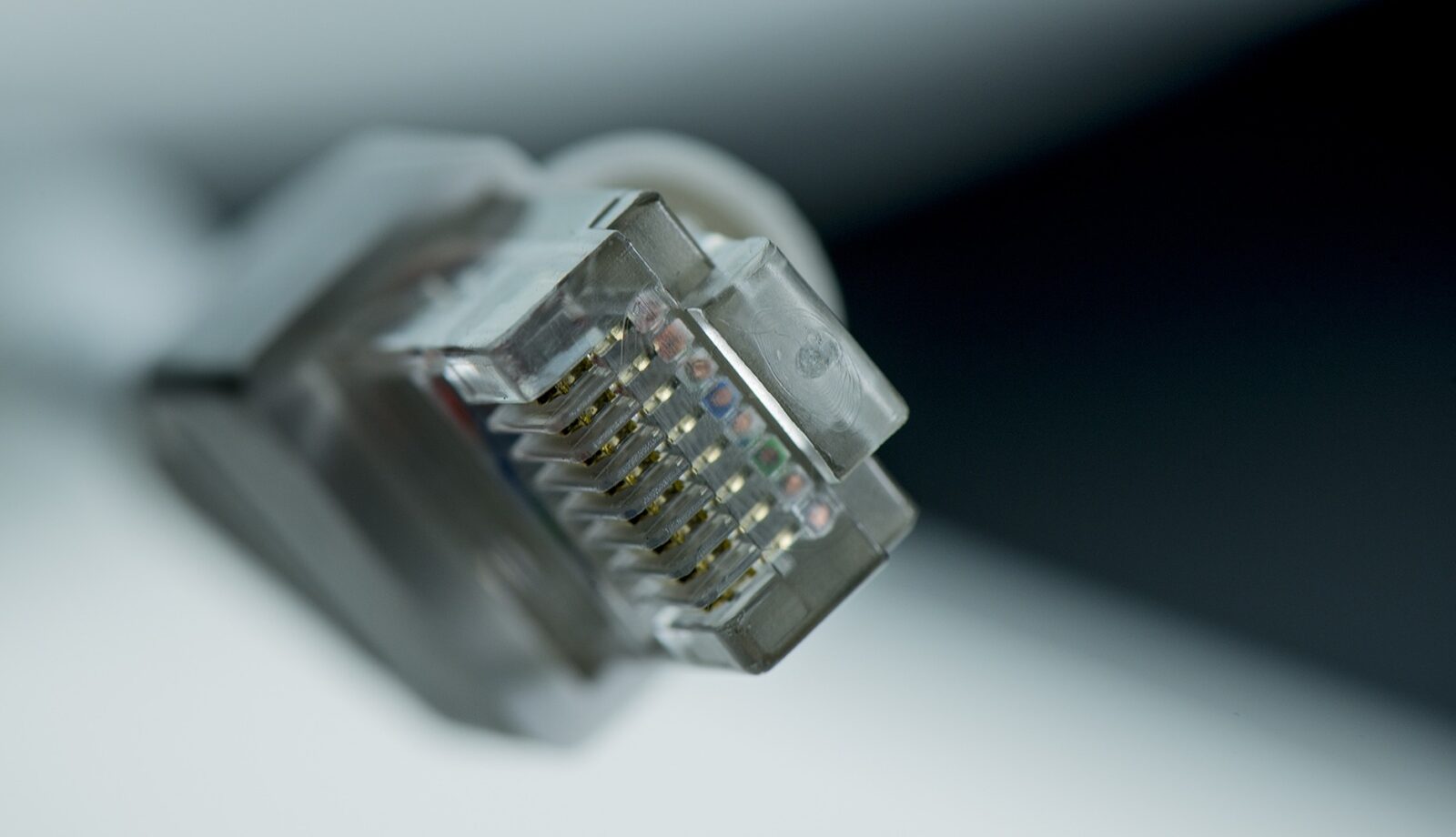1. Determine Your Speed and Usage Needs
| Speed | Minimum Cable Type |
|---|---|
| Up to 100 Mbps | Cat5 (obsolete) |
| Up to 1 Gbps | Cat5e (minimum) |
| Up to 10 Gbps | Cat6 or better |
| 10 Gbps + future-proofing | Cat6a, Cat7, Cat8 |
-
Cat5e: Good for general use (1 Gbps up to 100m).
-
Cat6: Better shielding, up to 10 Gbps (at shorter distances ~55m).
-
Cat6a: Full 10 Gbps support up to 100m.
-
Cat7/Cat8: Shielded for data centers or high-interference areas. Cat8 supports 25-40 Gbps but has a shorter range (30m).
✅ 2. Distance Considerations
-
Ethernet cables work best under 100 meters (328 feet).
-
For long runs, Cat6a or fiber is more stable and less prone to interference.
✅ 3. Shielding and Interference
-
UTP (Unshielded Twisted Pair): Fine for home or office.
-
STP/FTP (Shielded Twisted Pair/Foiled): Use in areas with electrical interference (e.g., near power lines, fluorescent lights).
✅ 4. Indoor vs. Outdoor Use
-
Indoor cables: Standard PVC jacket.
-
Outdoor cables: Use weatherproof, UV-resistant, and sometimes gel-filled or burial-rated versions.
-
Plenum-rated: For air ducts or ceilings (fire-resistant).
✅ 5. Connector Type
-
Most use RJ45 connectors.
-
Ensure cable thickness (AWG) matches your connectors and crimping tools.
✅ 6. Budget and Future-Proofing
-
Cat5e is cheap but getting old.
-
Cat6 is a solid balance.
-
Cat6a or Cat7 costs more but avoids needing upgrades later.
✅ Summary Recommendation:
| Need | Cable |
|---|---|
| Home/Office 1 Gbps | Cat5e or Cat6 |
| Gaming / Streaming / Future-proof | Cat6a |
| Short-range 10G or Data Center | Cat7 / Cat8 |
| Outdoor | Outdoor Cat6 or higher |
| High-interference zones | Shielded Cat6a or higher |


